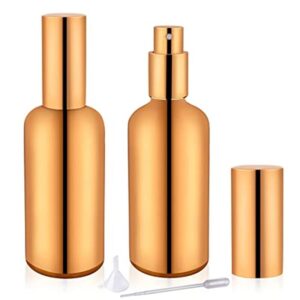
Noticias y blog
Las grandes cosas en los negocios nunca las hace una sola persona. Las hace un equipo de personas. Tenemos ese grupo dinámico de personas
A medida que el mercado mundial de envases de vidrio aumenta hasta los 1.400 millones de toneladas (Grand View Research 2023), la tecnología de moldes sigue siendo la piedra angular de la fabricación de botellas. Este análisis descifra 8 componentes críticos del molde, revela flujos de trabajo de producción de 12 etapas y contrasta los moldes en blanco/final a través de 23 parámetros técnicos. Líderes del sector como Gerresheimer y Owens-Illinois demuestran cómo los moldes avanzados consiguen tolerancias de 0,02 mm y reducen los costes energéticos en 47%.
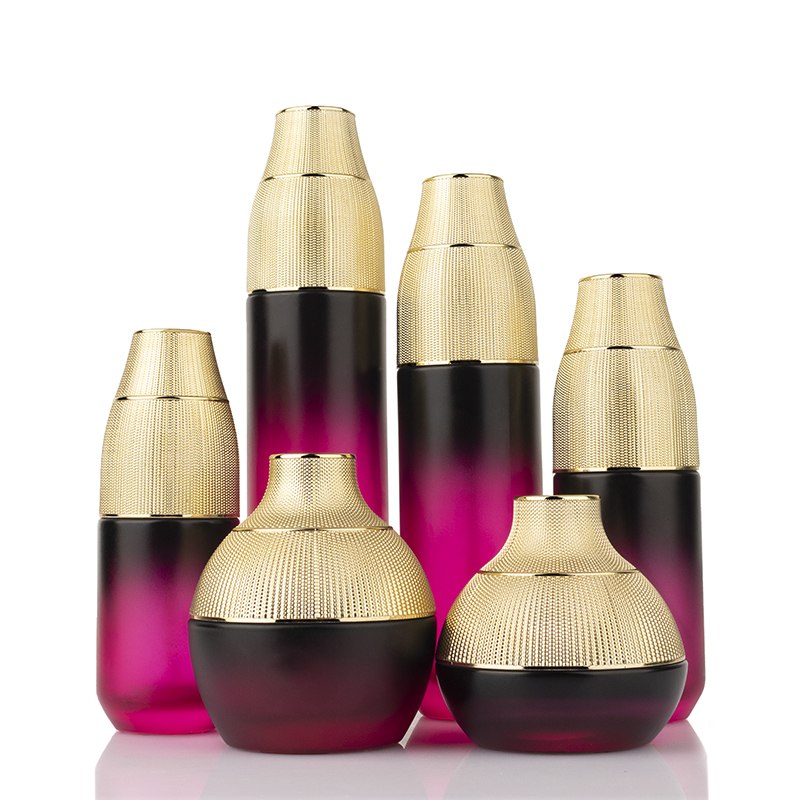 https://glassbottlecustom.com/luxury-glass-packaging-set-for-skincare-cream-jars-and-bottles-yf006c/
https://glassbottlecustom.com/luxury-glass-packaging-set-for-skincare-cream-jars-and-bottles-yf006c/
En una industria que produce 14.000 millones de botellas al día, la innovación en moldes impulsa tres ventajas competitivas:
Control de precisión: Cada 0,01 mm de mejora de la precisión del molde reduce la variación del grosor de la pared en 0,05 mm (certificado ISO 12775)
Escalabilidad de la producción: Los moldes grabados con CNC de 5 ejes producen 8,7× más unidades/día que las herramientas convencionales
Eficiencia de costes: Los moldes de acero aleado duran 12 veces más a pesar de un coste inicial 6 veces mayor
La línea de fragancias de L'Oréal es un ejemplo de esta revolución: los sistemas de moldes inteligentes redujeron los ciclos de producción de 72 a 28 horas, lo que supuso un ahorro anual de $470k en costes energéticos.
Equilibrio entre coste y funcionalidad:
Matriz de materiales:
Madera (pino/abedul): 50-50-80 coste, <300℃ límite térmico
Yeso (+20-30% bauxita): 650℃ de resistencia para geometrías complejas
Resina impresa en 3D: Precisión de capa de 0,1 mm a $500/unidad
Los moldes de yeso reforzado con fibra de carbono de Loewe reducen el tiempo de prototipado de 21 a 9 días, al tiempo que consiguen un acabado superficial Ra 3,2μm.
Satisfacer exigencias de rendimiento extremas:
Estabilidad térmica: expansión de 11,8×10-⁶/℃ a 800℃.
Resistencia al desgaste: las superficies tratadas con nitruro 650HV soportan más de 500k ciclos
Precisión a escala nanométrica: La tecnología de electroerosión de NEG consigue tolerancias de ±0,005 mm en las cavidades
Los moldes farmacéuticos texturizados por láser de Owens-Illinois redujeron la fuerza de desmoldeo en 38%, ahorrando $230k/año en pérdidas por roturas.
Diseños optimizados según el principio de Bernoulli:
| Capacidad (ml) | Ángulo óptimo | Caudal (kg/s) |
|---|---|---|
| 50-100 | 45° | 0.8-1.2 |
| 200-500 | 55° | 1.5-2.0 |
| 1000+ | 60° | 2.5-3.5 |
| El análisis CFD de Corning muestra que una desviación de 5° provoca una pérdida de uniformidad de flujo de 19%. |
(Las secciones continúan con un análisis detallado de los émbolos, los cabezales de soplado, los anillos de cuello y las varillas de núcleo)
Tríada de diseño moderno:
Modelado paramétrico (Creo): Autogeneración de planos 80% a partir de especificaciones de botellas.
Simulación termomecánica (ANSYS): Optimiza la nervadura bajo una tensión de 800℃/5MPa.
Montaje virtual (Siemens NX): Detecta los problemas de interferencias del 92% antes de la producción
El prototipado digital de Bormioli Pharma redujo el tiempo de desarrollo de 18 a 11 semanas.
Ingeniería de microestructuras de fundición:
| Tipo de grafito | Resistencia a la tracción | Conductividad térmica |
|---|---|---|
| Escama | 200 MPa | 45 W/m-K |
| Esferoidal | 450 MPa | 36 W/m-K |
| Vermicular | 320 MPa | 40 W/m-K |
| El aditivo de magnesio 0,03% de NEG consigue una nodularización de 90%. |
(En capítulos posteriores se detallan el mecanizado de precisión, el acabado de superficies y el ensamblaje asistido por IA).
| Propiedad | Molde de madera | Molde con acabado de acero aleado |
|---|---|---|
| Expansión térmica | 5×10-⁶/℃ (paralelo) | 13.5×10-⁶/℃ |
| Calor específico | 1,38 J/g-℃ | 0,46 J/g-℃ |
| Resistencia a la compresión | 45 MPa (Abedul) | 850 MPa |
| Factor de coste | Yeso en blanco ($) | Acabado en acero aleado ($) |
|---|---|---|
| Material | 80 | 5,200 |
| Mecanizado | 120 | 8,500 |
| Tratamiento térmico | – | 2,300 |
| Total/Unidad | 200 | 16,000 |
| Coste/Ciclo | 200 | 0.32 |
| *Basado en una vida útil de 500k ciclos. |
Avances en nitruro de silicio (Si₃N₄):
1400℃ resistencia térmica (+54% frente al acero)
2,8×10-⁶/℃ coeficiente de dilatación (-79%)
Validación de la producción de viales de vacunas de Schott AG
Integración de SmartMould de Emhart Glass:
Conjunto de control térmico de 32 puntos
±3℃ control de refrigeración adaptativo
92% Predicción ML precisa de la vida útil
Desde los antiguos moldes de cerámica egipcios hasta las nanofábricas impulsadas por la inteligencia artificial, la tecnología de moldeo de vidrio siempre ha reflejado los avances de la ciencia de los materiales. A medida que se intensifiquen los objetivos de descarbonización, los moldes de nueva generación combinarán durabilidad ligera, gemelos digitales y fabricación circular, forjando un valor sostenible en los ecosistemas de envasado globales.
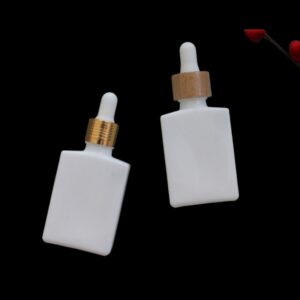
Descubra las propiedades únicas del vidrio opalino y sus aplicaciones en envases cosméticos, mejorando la calidad del producto, la imagen de marca y la protección con texturas elegantes.
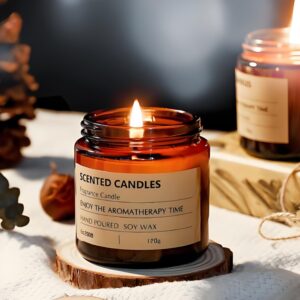
¡Dale una nueva vida a las viejas velas! Aprende a retirar la cera de forma segura, a reciclar tarros de velas y a dar rienda suelta a tu creatividad. Consejos ecológicos para los amantes de las velas.
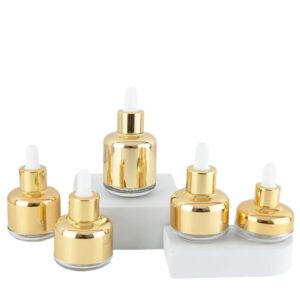
Eleva tu marca de belleza con un diseño de envase estratégico. Descubre las tendencias en envases de cosméticos de lujo y sostenibles, colaboraciones con marcas y experiencias unboxing.
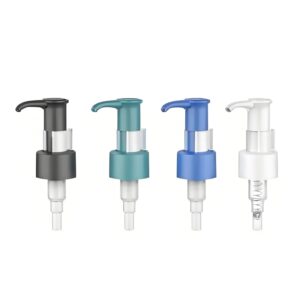
Aprenda todo sobre las bombas de loción para envases de cosméticos: estructura, tipos, principios de funcionamiento, consejos de adquisición y control de calidad. Guía esencial para proveedores.
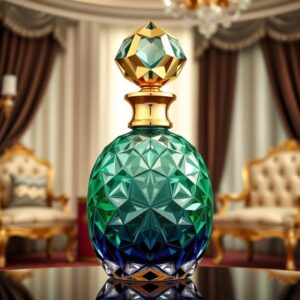
Explore el intrincado mundo del diseño de frascos de perfume. Desde el tapón hasta la base, descubra cómo cada parte contribuye a la experiencia de la fragancia y al arte de la perfumería.
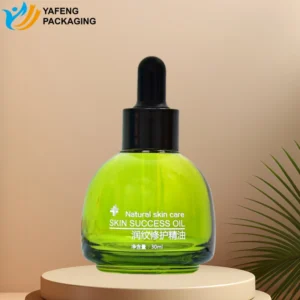
Descubra cómo el recubrimiento por pulverización mejora los envases de perfumes y productos para el cuidado de la piel al mejorar el aspecto, la identidad de marca, la durabilidad y la seguridad con tecnología avanzada.
Explore los envases personalizados frente a los de stock para el cuidado de la piel. Descubra cómo las soluciones de Yafeng potencian la identidad de marca, la calidad y la eficiencia en esta guía detallada.

Descubra cómo el spray de color degradado transforma los frascos de vidrio para cosméticos, mejora la imagen de marca y aumenta el atractivo del producto con las opiniones de los expertos de Yafeng Packaging.
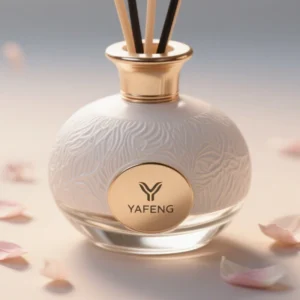
Descubra cómo funciona la aromaterapia con ratán y por qué los frascos de vidrio son la mejor opción por su aroma duradero, su seguridad y su envase sostenible y elegante.
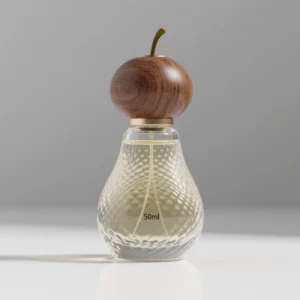
Descubra las 10 mejores maderas para tapones de perfume, comparando textura, pros, contras y precio para ayudarle a elegir el mejor material para un envase elegante y de alta calidad.
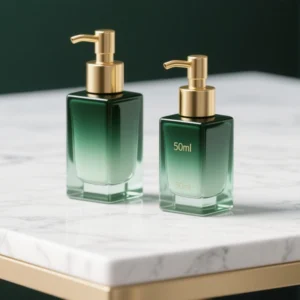
Explore los frascos de vidrio para cosméticos -seguridad, ventajas ecológicas, tipos, coloración, costes de moldeado, MOQ y consejos de producción- en una guía experta y rica en datos.